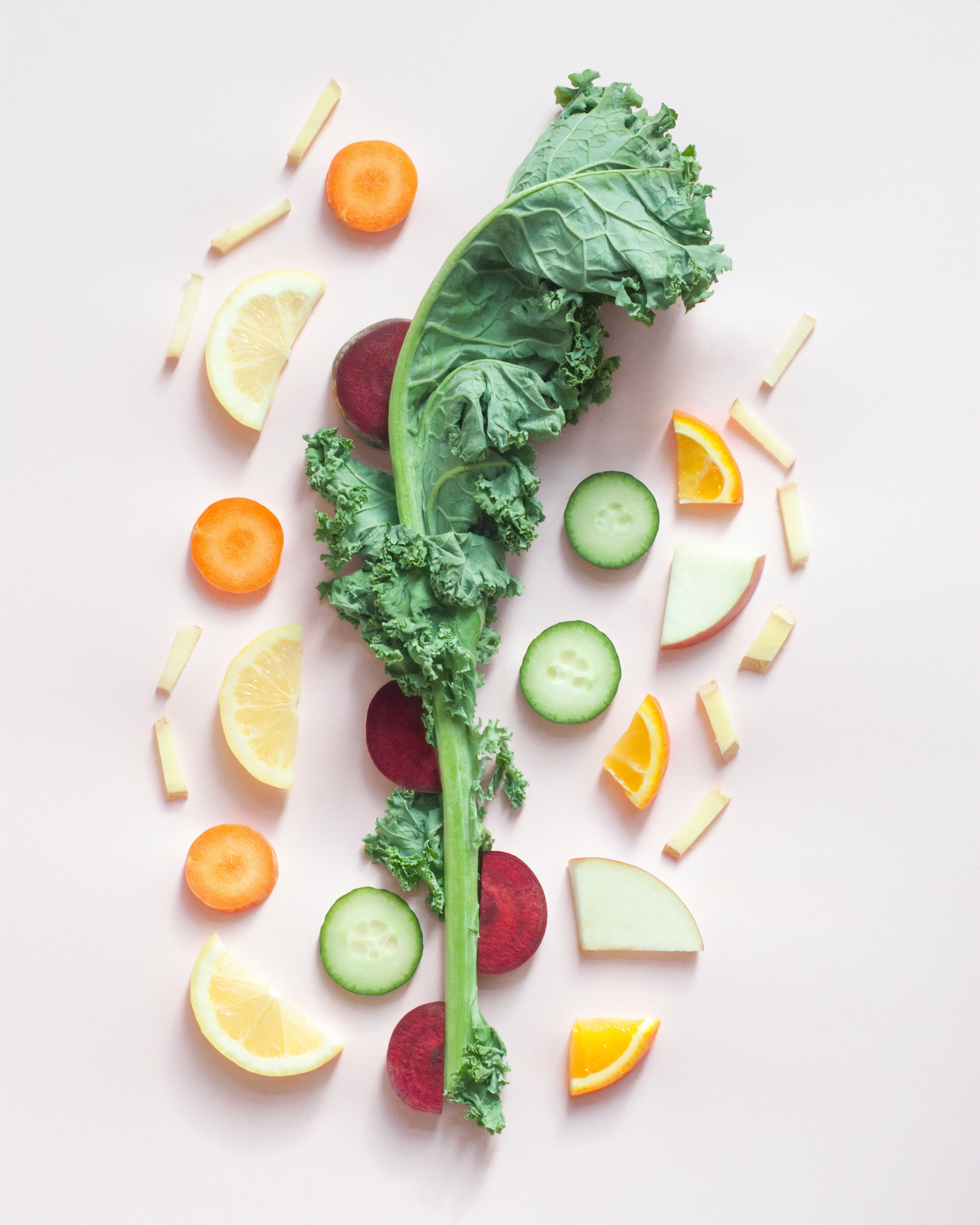In June 2021 food-waste charity KiwiHarvest revealed that households in New Zealand are throwing away an estimated $1,259 worth of uneaten food each year.
Furthermore, Kiwis produce on average 61kgs of food waste per person annually.
As a key charity partner and supporter of KiwiHarvest, the expert team at HelloFresh is here to share some achievable advice and best-loved tips to help Kiwis reduce their daily household food waste.
Tip one: Store ingredients correctly so they last longer
“Should it be stored in the fridge or the pantry?” will always stir up a lively debate.
Knowing exactly where and how to store your food can make a huge difference to its shelf life, in turn reducing waste. When it comes to dairy products and eggs they should always be kept in the fridge.
The back of the fridge tends to stay cooler, so it’s a much better place to store milk than the side door as lower temperatures help it to last longer.
For fruits and vegetables again it is best to keep most of them in the fridge, as they soften faster at room temperature.
However, the likes of garlic, onions, potatoes, pineapple, peaches, plums and tomatoes should be stored in the pantry as they thrive in a cool, dry, dark and well-ventilated space.
Tip two: Start a compost bin
The most popular online searches in New Zealand for “Can you compost..?” aren’t about food either – it’s charcoal, toilet paper and dog hair we seem to be worried about, commonly completing the search queries.
The simple answer is yes but when it comes to charcoal you should only add small amounts, making sure that it doesn’t contain additives.
Composting is a great habit both for your home and the environment.
And while Kiwis have proven to be very interested in composting, many of us are still confused about what can and can’t go into the compost bin.
Food items that have Kiwis confused included clam shells, onions and watermelon which all belong in the compost bin.
The only organic materials you should avoid adding to your compost bin are meat, bones and fish scraps as these can attract pests.
Hannah Gilbert, Dietitian and HelloFresh Head of Culinary says, “If you’re a first time composter and confused about what around your home is compostable, there’s good news – a ton of it probably is. From coffee grounds to paper bags and food scraps, there’s a long list of items that are compostable. If you do your research before you start it’s a simple and very effective process.”
Tip three: Shop smart & plan, plan, plan
In a recent study of 1,000 New Zealanders a quarter of Kiwi households admitted that food waste comes from a lack of meal planning.
Try making a list of items that you need to buy and stick to that list, which will reduce the chance of impulse buying and therefore food waste. And before ordering takeaways or heading back to the supermarket, take another look in your cupboard and make a point of using up all the food you purchased during the last trip.
Things like pizzas, pastas and rice are the perfect vehicle for an array of leftover produce so get creative with what you’ve got – you might just surprise yourself.
Another alternative is opting for a meal kit delivery service. HelloFresh helps households cut food waste by directly sourcing and delivering the exact amount of ingredients needed. Not only does the food arrive faster and fresher, but everything in the box ends up on the plate.
Tip four: Preserve your food
Currently kimchi is the most-popular fermented food in New Zealand, based on an average of 5,400 monthly searches, followed by tempeh and sauerkraut, both with 2,900 monthly searches. 2020’s must-make sourdough is sitting fourth on the list based on an average of 2,400 searches per month.
Fermentation is an easy, tasty and nutritious way to preserve food for months and it’s quickly become a very popular trend in New Zealand. Fermenting is not only a great way to preserve your food and prevent food waste, it also helps aid healthy digestion and boosts your immunity.
If you’re new to fermenting, start with vegetables such as kimchi and sauerkraut and go from there.
Tip five: Make the most out of your leftovers
Using leftovers is a great way to save time, money and the planet and it doesn’t have to mean eating the same meal for an entire week. It’s important to take time to think about what you make and how you can repurpose the leftovers into new meals that are still exciting the next day.
Depending on the seasoning of the original meal, adding leftover meat, vegetables or seafood to fajitas, fried rice, pasta sauce, soup or a casserole can make for a delicious leftover-based dish.







